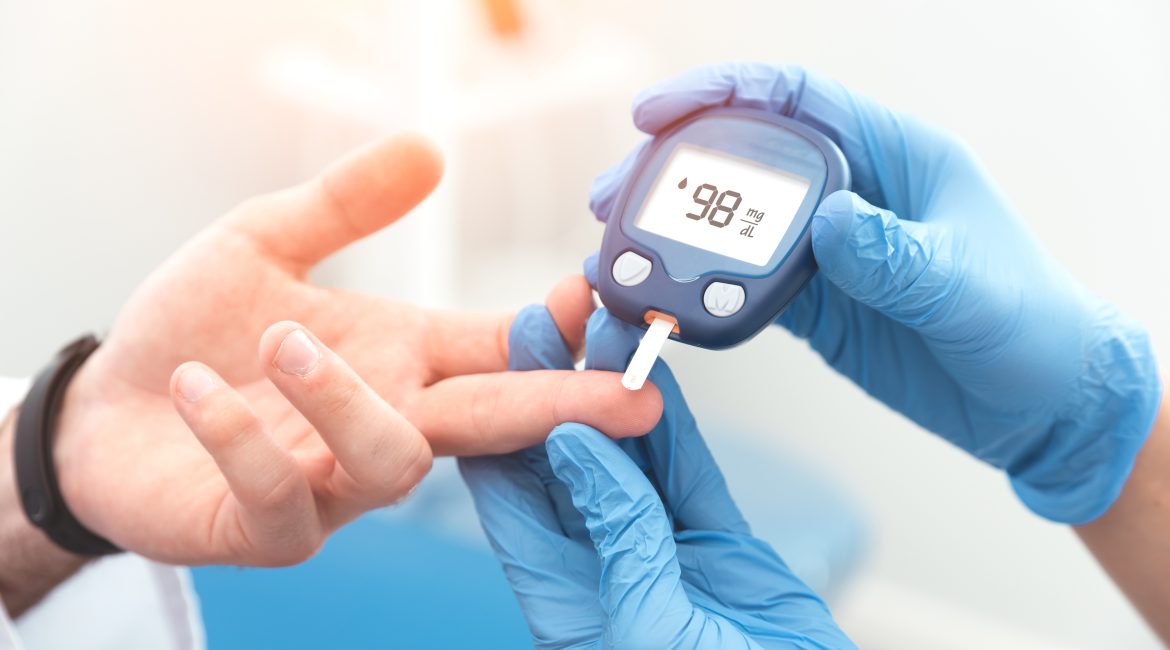Everything you ever wanted to know about what diabetes is and the types of diabetes.
A number of us know someone who has diabetes. Whether it’s you, your aunt, your friend or someone else close to you. It is a common condition that affects a large amount of people across the world.
And so, it’s about time we all learnt about the disease.
Of course, having a chronic condition such as diabetes can come at quite the cost in medical bills. But, if you have Oneplan Health Insurance, then we have got you covered. Right then, let’s get back to the point.
What is diabetes?
There are 3 main types of diabetes, which in science speak is known as diabetes mellitus. Type 1, type 2 and gestational diabetes.
All of these involve the patient’s body not being able to use or store glucose properly – glucose is the sugar we get from food. This results in someone with diabetes having high amounts of glucose in their blood.
Discover: Asthma: A Simple Guide to The Disease
What is glucose?
The cells in our body use glucose for energy. When we eat carbohydrates, these are then converted into glucose.
So, if someone is diabetic, their body cannot manage the glucose levels properly, which result in glucose backing up in the bloodstream and causing the blood-sugar (glucose) levels to rise to an unhealthy level.
This high level of sugar in the blood is what causes long and short-term complications linked to diabetes.
What is insulin?
Now that we know what glucose is, it’s important to know about the role that insulin plays in our bodies. Insulin is a natural hormone in our bodies that helps glucose pass from the blood through to the cells.
It is basically the key that opens the door to cells to let glucose in. Once glucose is inside the cell, it helps it to function properly. If there is no insulin then glucose cannot get access to the cells. This means that glucose stays in the bloodstream and can cause damage to the body.
The different types of diabetes explained:
Type 1 diabetes
People with this type of diabetes produce very little or no insulin and then have to take insulin injections to that they can survive. This type of diabetes is also known as ‘insulin-dependent diabetes’.
The reason for their bodies not having insulin is because their immune systems (your body’s natural system of defence against harmful organisms) attack and destroy the cells in the pancreas that make insulin. Doctors still don’t know why this happens.
Read this: Health Facts About Summer Fruits
Type 2 diabetes
This is the most common form of diabetes and is also known as ‘non-insulin-dependent diabetes’. The main cause of this type of diabetes is insulin resistance. This is when the body’s cells don’t respond to insulin and can’t easily take up glucose from the blood.
This type of diabetes often occurs when people are obese or overweight. Type 2 diabetes is often a milder form of diabetes than type 1 and can be controlled through exercise and diet.
An easy way of looking at the difference between the two main types of diabetes is like this: Those with type 1 diabetes cannot produce insulin. Basically, their bodies don’t have the key to let glucose into the cells in their body.
Those with type 2 diabetes don’t respond to insulin. Basically, their bodies have the key to let glucose into the cells, but the key is broken.
What are the symptoms of diabetes type 1 and 2?
Both types of diabetes have similar symptoms:
- frequent urination
- feeling very fatigued
- blurry vision
- feeling very thirsty and drinking a lot
- feeling very hungry
- cuts or sores that don’t heal properly
Gestational diabetes (GDM)
This type of diabetes is defined by having high blood glucose levels, which is known as hyperglycaemia when pregnant. 1 in every 25 pregnancies have this issue and it comes with complications for both the mother and baby.
Mothers with GDM give birth to babies weighing 4kg or more. GDM will typically disappear after pregnancy, but mothers with this condition as well as their children will have an increased risk of type 2 diabetes later on in life.
Read next: The Ketogenic Diet: What It Is & If It’s The Healthy Choice for You
What are the complications of diabetes?
Having high levels of blood glucose can damage the tiny blood vessels in the heart, kidneys, eyes and nervous system. This can lead to heart disease, stroke, kidney disease, blindness and nerve damage.
If you think you might have one of these types of diabetes, then make sure you get this checked out ASAP (and don’t forget to make sure you have health insurance to help with the cost of those medical bills).
Your Health Insurance Family,
Oneplan




